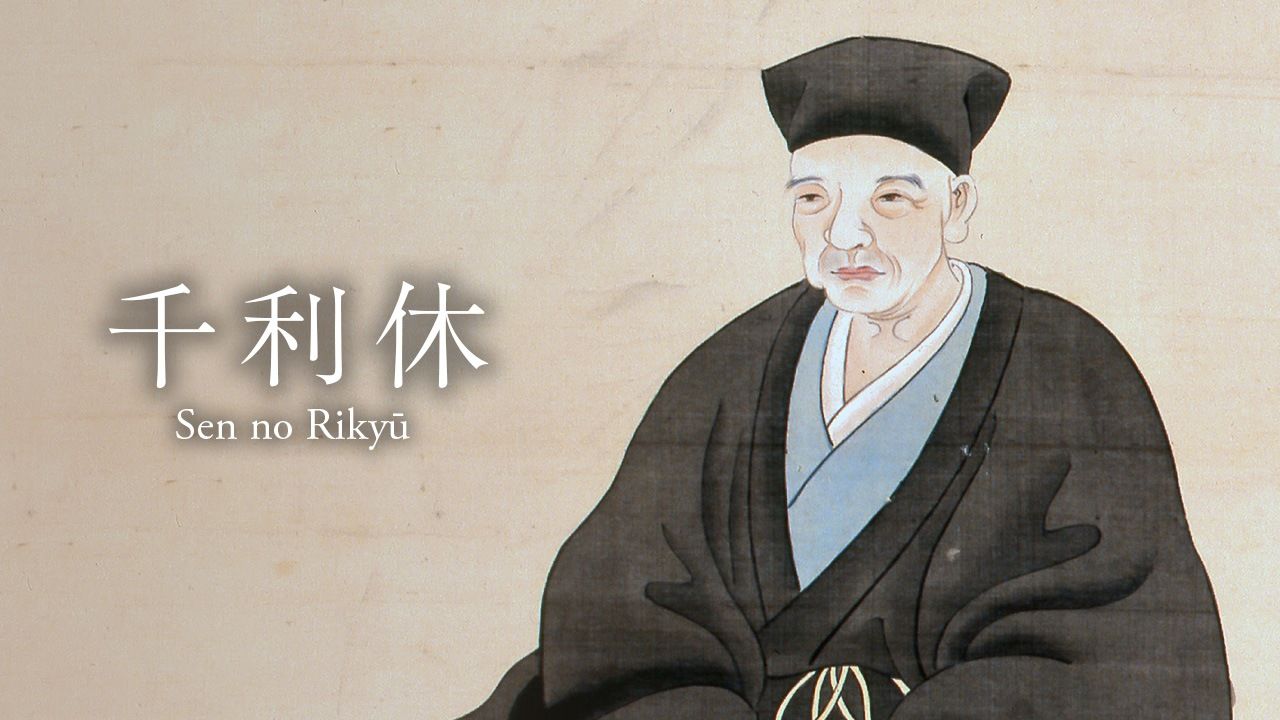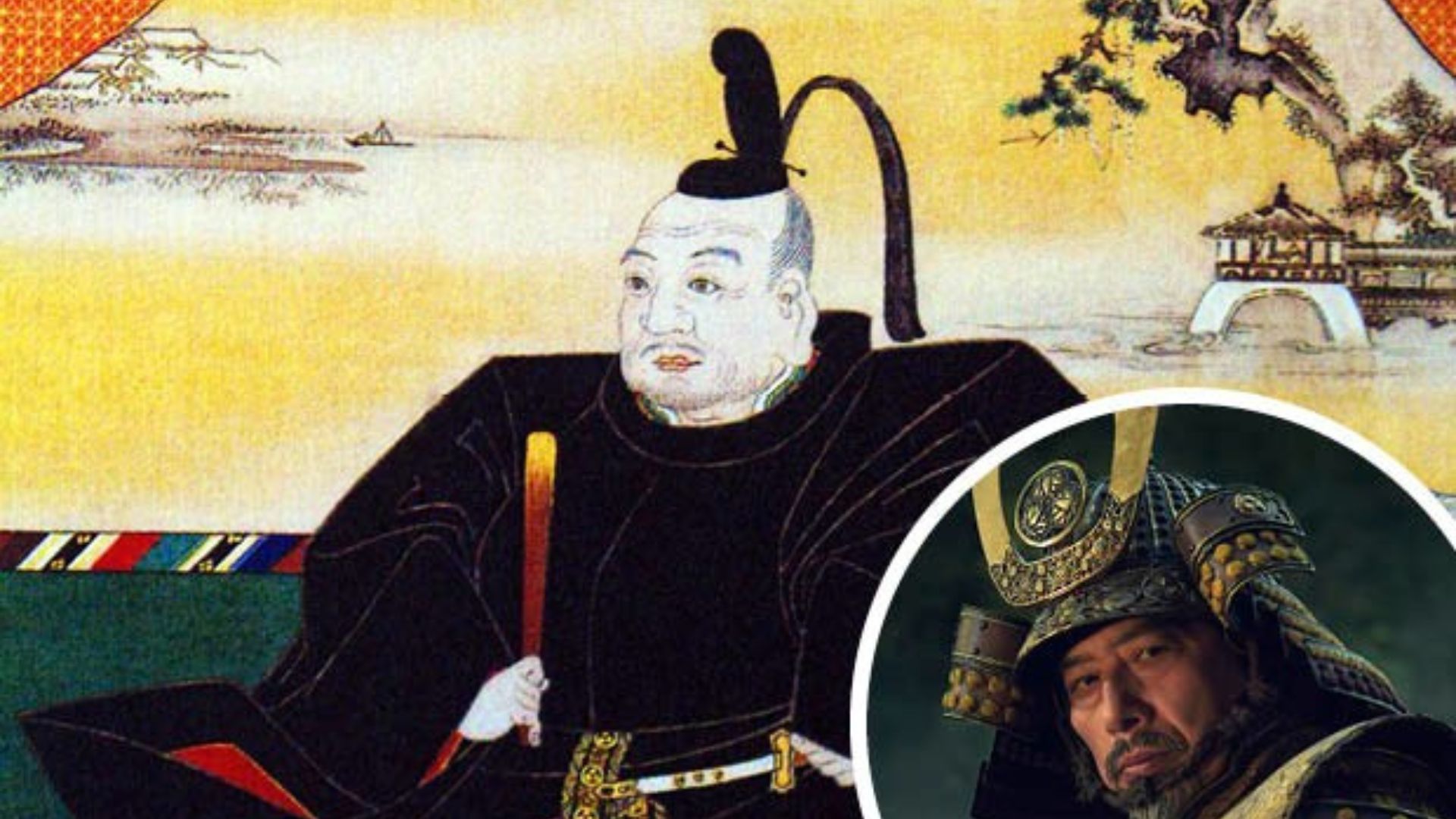The Japanese tea ceremony, or “Chanoyu”, is one of the most refined and profound cultural traditions of Japan. While its origins trace back to China, it was Sen no Rikyū (1522–1591) who perfected the art and philosophy of the tea ceremony, elevating it from a simple practice to a deeply spiritual and aesthetic experience. His influence shaped the Wabi-cha style, emphasizing simplicity, humility, and harmony with nature.
This article explores the life of Sen no Rikyū, his teachings, and how his legacy continues to define Japanese tea culture today.
The Life of Sen no Rikyū
Born in 1522 in Sakai, Osaka, a prosperous merchant city, Sen no Rikyū was introduced to tea at an early age. He studied under Takeno Jōō, a master of Wabi-cha, a style of tea that emphasized rustic beauty and simplicity.
During Japan’s Sengoku period (1467-1603), tea gatherings were held by warlords and aristocrats as displays of power. However, Rikyū transformed the tea ceremony into a meditative experience, promoting peace in a time of constant warfare.
His skill and philosophy gained him recognition, and he eventually became the official tea master for two of Japan’s most powerful warlords: Oda Nobunaga and Toyotomi Hideyoshi.

Rikyū’s Philosophy: The Wabi-cha Style
Sen no Rikyū revolutionized the tea ceremony by promoting Wabi-cha, a style that embraced:
-
Simplicity – Using natural, unadorned materials in tea utensils and tea houses
-
Imperfection – Appreciating the beauty of flaws, in line with wabi-sabi philosophy
-
Harmony – Creating a peaceful space where host and guest could connect
-
Respect – Ensuring each tea gathering was a meaningful exchange between participants
The Creation of the Japanese Tea Room
Rikyū designed tea houses (chashitsu) that embodied his philosophy. One of his most famous tea rooms, Taian, still stands today as a National Treasure of Japan.
His tea rooms were:
-
Small and intimate, usually no larger than 2 tatami mats
-
Minimalistic, with earthen walls and a single flower for decoration
-
Featuring a low entrance (nijiriguchi), requiring guests to bow, symbolizing humility
Rikyū also introduced rustic tea utensils, favoring handmade ceramics over the ornate Chinese porcelain that was popular at the time. His influence led to the development of Raku ware, a type of pottery still highly valued today.
The Relationship with Toyotomi Hideyoshi
Sen no Rikyū served Toyotomi Hideyoshi, the warlord who unified Japan. While Hideyoshi enjoyed the tea ceremony, he preferred golden, lavish settings, which conflicted with Rikyū’s minimalist ideals.
Despite their differences, Rikyū remained Hideyoshi’s most trusted tea master. However, their relationship eventually soured. Some theories suggest that:
-
Rikyū’s growing influence threatened Hideyoshi’s authority.
-
Rikyū refused to compromise his ideals, angering the warlord.
-
A dispute over a tea room decoration led to political tensions.
In 1591, Hideyoshi ordered Rikyū to commit seppuku (ritual suicide). His death marked the end of an era, but his legacy in Chado (the Way of Tea) lived on.
Rikyū’s Lasting Legacy
Even after his tragic end, Sen no Rikyū’s influence shaped generations of tea masters and schools of tea:
-
The Urasenke, Omotesenke, and Mushakouji-senke tea schools all trace their origins to Rikyū’s teachings.
-
The Wabi-cha aesthetic remains central to traditional Japanese arts.
-
His philosophy of simplicity, mindfulness, and harmony continues to inspire tea practitioners worldwide.
Conclusion
Sen no Rikyū was more than just a tea master—he was a visionary who redefined the art of tea. His philosophy of wabi-sabi, emphasis on simplicity, and deep spiritual approach to the tea ceremony continue to shape Japanese culture today. Despite his tragic end, his influence endures in every carefully prepared bowl of matcha, reminding us that true beauty lies in simplicity, imperfection, and mindfulness.











